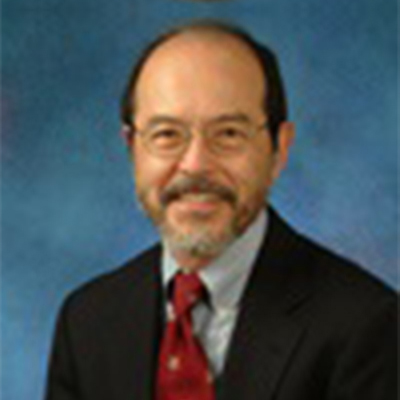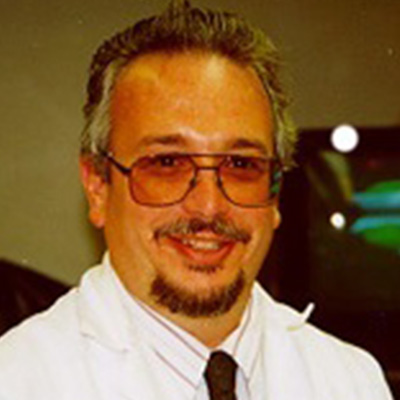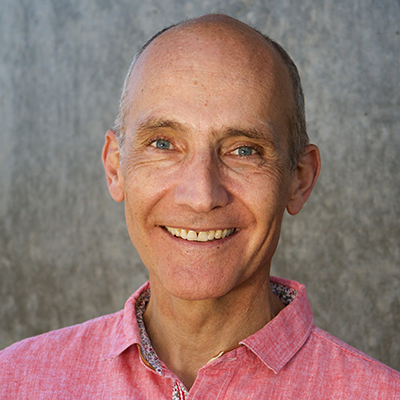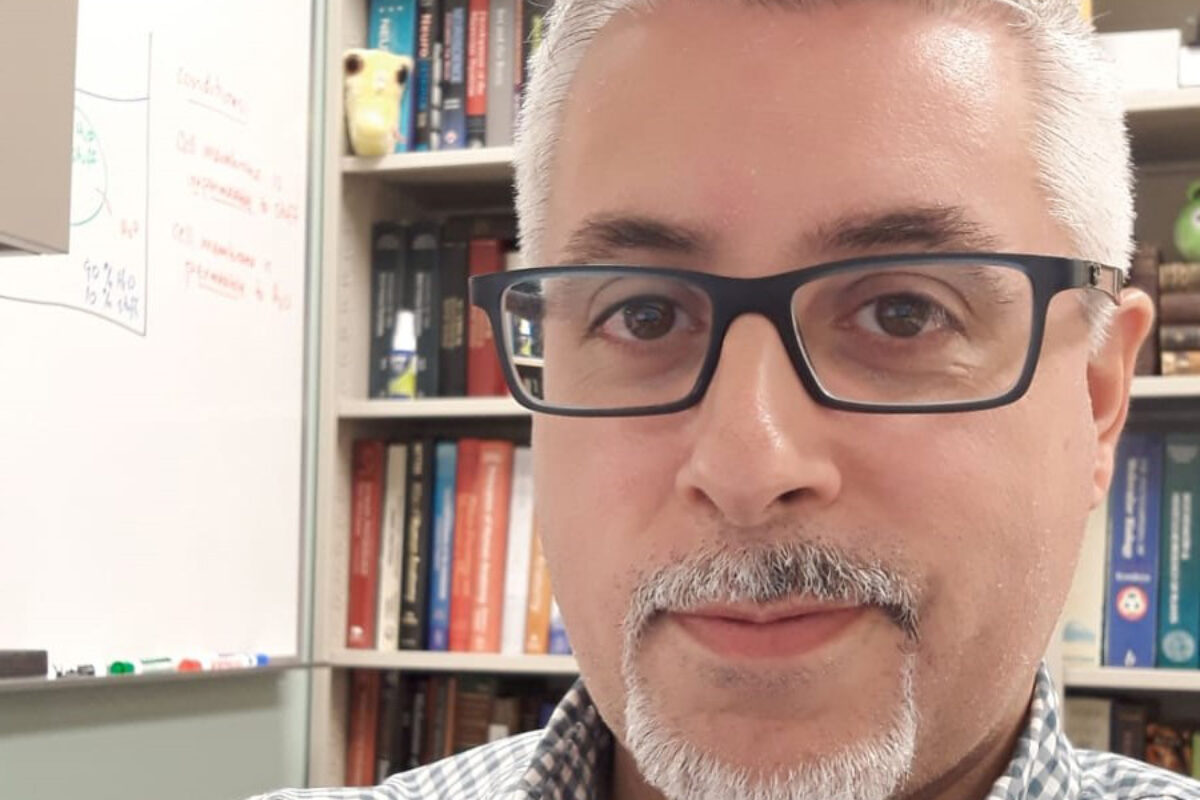Publications
A selected list of publications:
Saravanapandian Vidya, Sparck Erin M, Cheng Karen Y, Yu Fei, Yaeger Courtney, Hu Terry, Suthana Nanthia, Romero-Calderón Rafael, Ghiani Cristina A, Evans Christopher J, Carpenter Ellen M, Ge Weihong
Quantitative assessments reveal improved neuroscience engagement and learning through outreach Journal of neuroscience research, 2019; 97(9): 1153-1162.
Romero-Calderón Rafael, O’Hare Elizabeth D, Suthana Nanthia A, Scott-Van Zeeland Ashley A, Rizk-Jackson Angela, Attar Aida, Madsen Sarah K, Ghiani Cristina A, Evans Christopher J, Watson Joseph B
Project brainstorm: using neuroscience to connect college students with local schools PLoS biology, 2012; 10(4): e1001310.
Brooks Elizabeth S, Greer Christina L, Romero-Calderón Rafael, Serway Christine N, Grygoruk Anna, Haimovitz Jasmine M, Nguyen Bac T, Najibi Rod, Tabone Christopher J, de Belle J Steven, Krantz David E
A putative vesicular transporter expressed in Drosophila mushroom bodies that mediates sexual behavior may define a neurotransmitter system Neuron, 2011; 72(2): 316-29.
Fei Hao, Chow Dawnis M, Chen Audrey, Romero-Calderón Rafael, Ong Wei S, Ackerson Larry C, Maidment Nigel T, Simpson Julie H, Frye Mark A, Krantz David E
Mutation of the Drosophila vesicular GABA transporter disrupts visual figure detection The Journal of experimental biology, 2010; 213(Pt 10): 1717-30.
Simon Anne F, Daniels Richard, Romero-Calderón Rafael, Grygoruk Anna, Chang Hui-Yun, Najibi Rod, Shamouelian David, Salazar Evelyn, Solomon Mordecai, Ackerson Larry C, Maidment Nigel T, Diantonio Aaron, Krantz David E
Drosophila vesicular monoamine transporter mutants can adapt to reduced or eliminated vesicular stores of dopamine and serotonin Genetics, 2009; 181(2): 525-41.
Romero-Calderón Rafael, Uhlenbrock Guido, Borycz Jolanta, Simon Anne F, Grygoruk Anna, Yee Susan K, Shyer Amy, Ackerson Larry C, Maidment Nigel T, Meinertzhagen Ian A, Hovemann Bernhard T, Krantz David E
A glial variant of the vesicular monoamine transporter is required to store histamine in the Drosophila visual system PLoS genetics, 2008; 4(11): e1000245.
Greer Christina L, Grygoruk Anna, Patton David E, Ley Brett, Romero-Calderón Rafael, Chang Hui-Yun, Houshyar Roozbeh, Bainton Roland J, Diantonio Aaron, Krantz David E
A splice variant of the Drosophila vesicular monoamine transporter contains a conserved trafficking domain and functions in the storage of dopamine, serotonin, and octopamine Journal of neurobiology, 2005; 64(3): 239-58.





